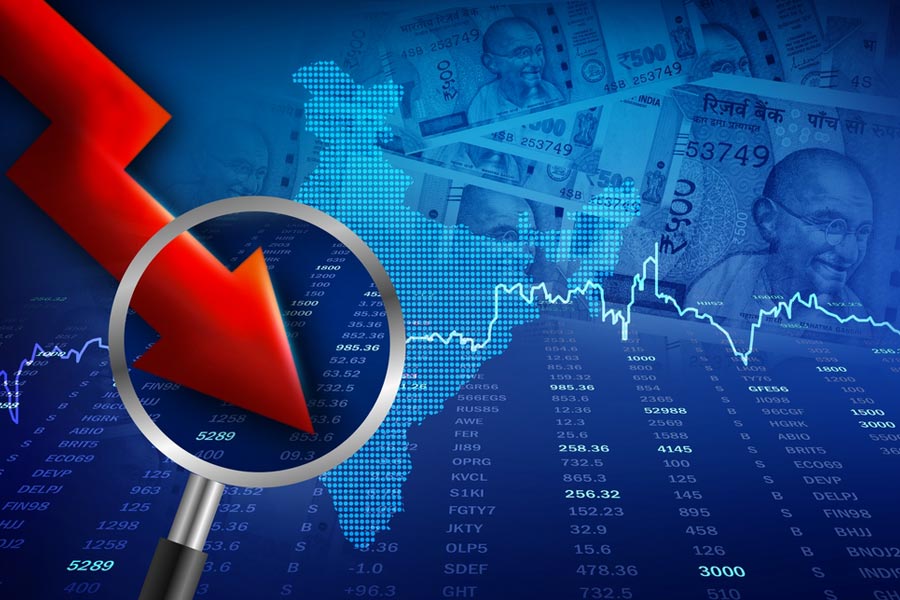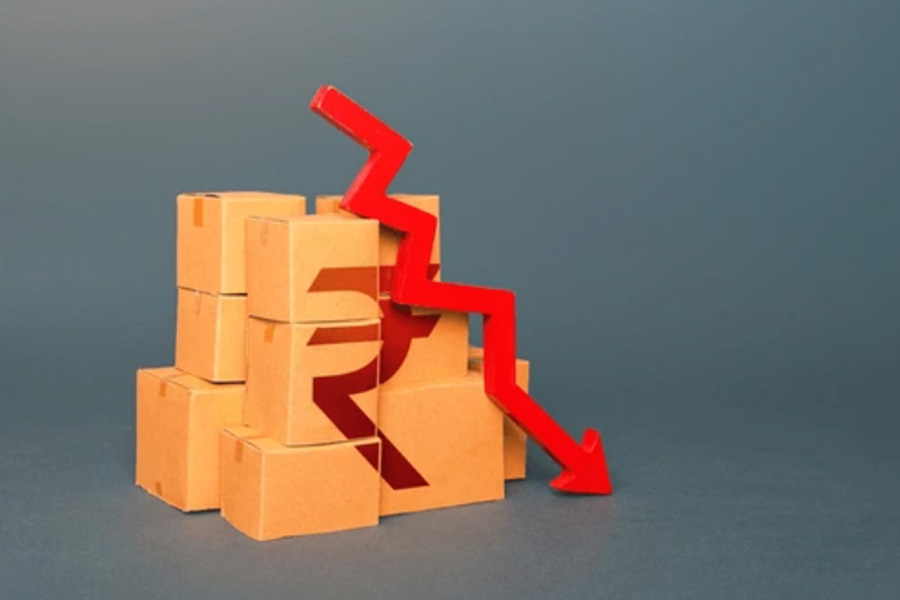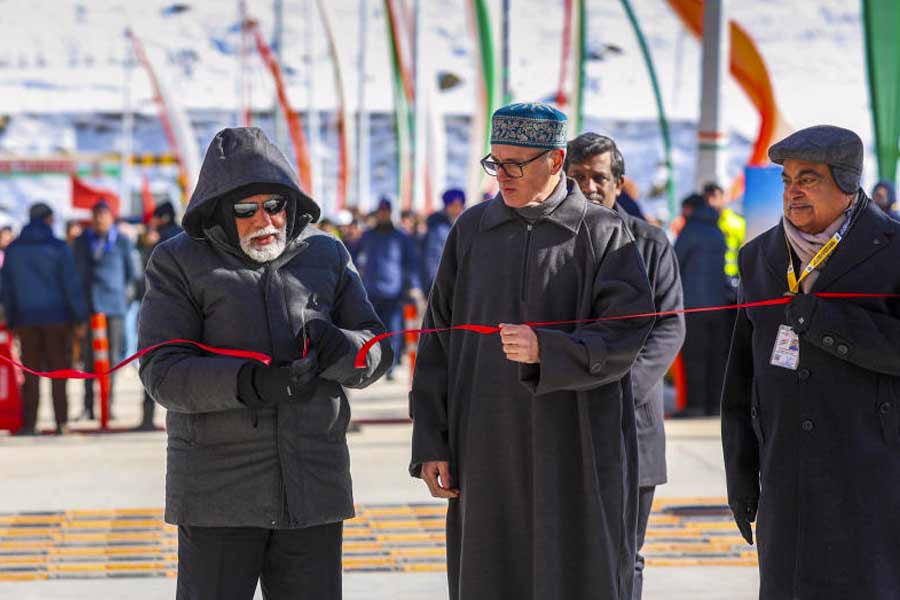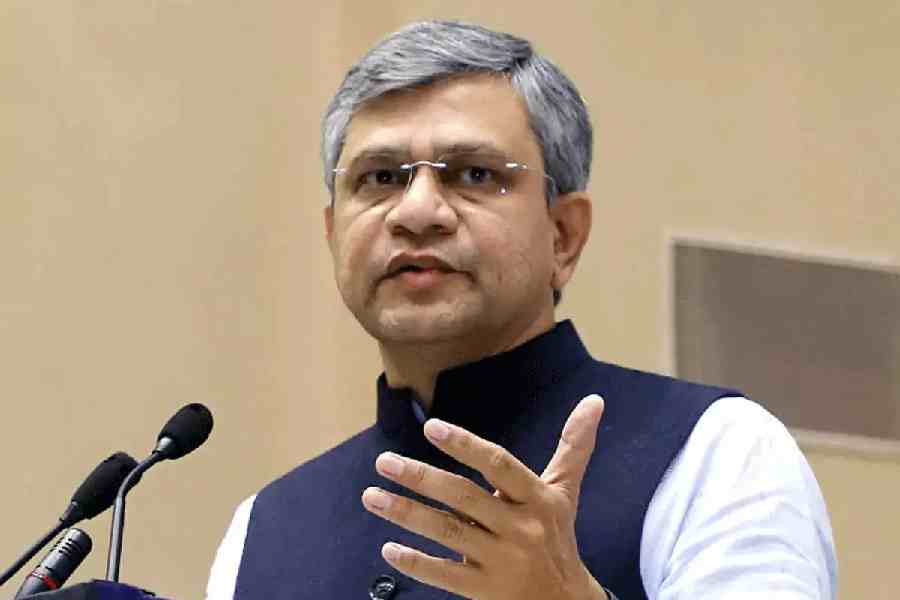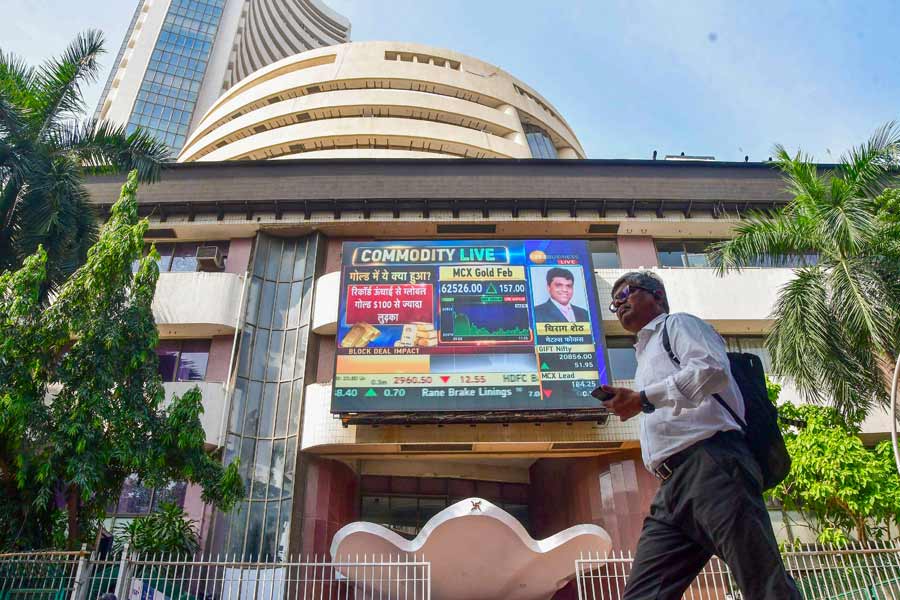The rupee logged its steepest single-day fall in nearly two years and ended the session 58 paise down at its historic low of 86.62 (provisional) against the US dollar on Monday, weighed down by a stronger American currency and surging crude oil prices.
At the interbank foreign exchange, the rupee opened at 86.12, and moved 1 paisa during intraday to 86.11 before closing the session with a loss of a staggering 58 paise at its lowest-ever level of 86.62 (provisional) against the greenback.
The fall of 58 paise, or 0.67 per cent, in one session was the steepest since February 6, 2023 when the unit had lost 68 paise.
The Indian currency has witnessed the deepest plunge of more than Re 1 in the past two weeks from the closing level of 85.52 on December 30.
Rupee had breached the 85-per-dollar mark for the first time on December 19, 2024.
On Friday, the local currency had declined 18 paise to settle at 86.04 against the US dollar, a day after registering a marginal gain of 5 paise. In the preceding back-to-back sessions on Tuesday and Wednesday, it had plunged 6 paise and 17 paise, respectively.
The unprecedented fall was attributed to the relentless chase of the US dollar by investors, which also led to a massive withdrawal of foreign capital from Indian equities.
Foreign Institutional Investors (FIIs) offloaded equities worth Rs 2,254.68 crore on Friday. So far this month foreign investors have withdrawn Rs 22,194 crore from Indian equities, according to exchange data.
According to analysts, the Reserve Bank of India has allowed the fall in rupee's exchange rate versus US dollar amid dwindling forex reserves and declining emerging market currencies.
"RBI will allow the weakness as demand keeps moving up and supplies dwindle," said Anil Kumar Bhansali, Head of Treasury and Executive Director, Finrex Treasury Advisors LLP.
The Reserve Bank of India on Friday said the country's forex reserves dropped by USD 5.693 billion to USD 634.585 billion in the week ended January 3.
At the same time, the dollar strengthened on better-than-expected job growth in the US market, which also fuelled the rising benchmark treasury yields amid expectations of slower interest rate cut by the Federal Reserve, analysts said.
Besides, the US has imposed more sanctions on Russia, triggering Brent oil higher towards USD 81 per barrel. This comes at a time when investors are already cautious in anticipation of restrictive trade measures by the new regime under President Donald Trump.
Anuj Choudhary, Research Analyst at Mirae Asset Sharekhan, said the rupee hit a fresh low on strong dollar and weak global markets. FIIs continue to remain as net sellers, while crude oil prices rose nearly 2 per cent.
Going ahead, Choudhary said, rising crude oil prices and risk aversion in global markets may weigh on the rupee. "USD-INR spot price is expected to trade in a range of Rs 86.25 to Rs 86.80," he said.
Meanwhile, the dollar index, which gauges the greenback's strength against a basket of six currencies, was trading up 0.29 per cent to its over two-year-high level of 109.80. The 10-year US bond yields rose by 0.48 per cent to touch its October 2023 level at 4.79 per cent.
Brent crude, the global oil benchmark, surged 1.12 per cent to USD 80.65 per barrel in futures trade.
In the domestic equity market, the 30-share BSE Sensex crashed 1,048.90 points, or 1.36 per cent, to settle at 76,330.01 points, while the Nifty tanked 345.55 points, or 1.47 per cent, to 23,085.95 points.
On the domestic macroeconomic front, retail inflation eased to 5.22 per cent in December, from 5.5 per cent in November, 2024.
The industrial production (IIP) growth accelerated to a six-month high of 5.2 per cent year-on-year in November 2024, riding on the increased festive demand and pick-up in the manufacturing sector.

